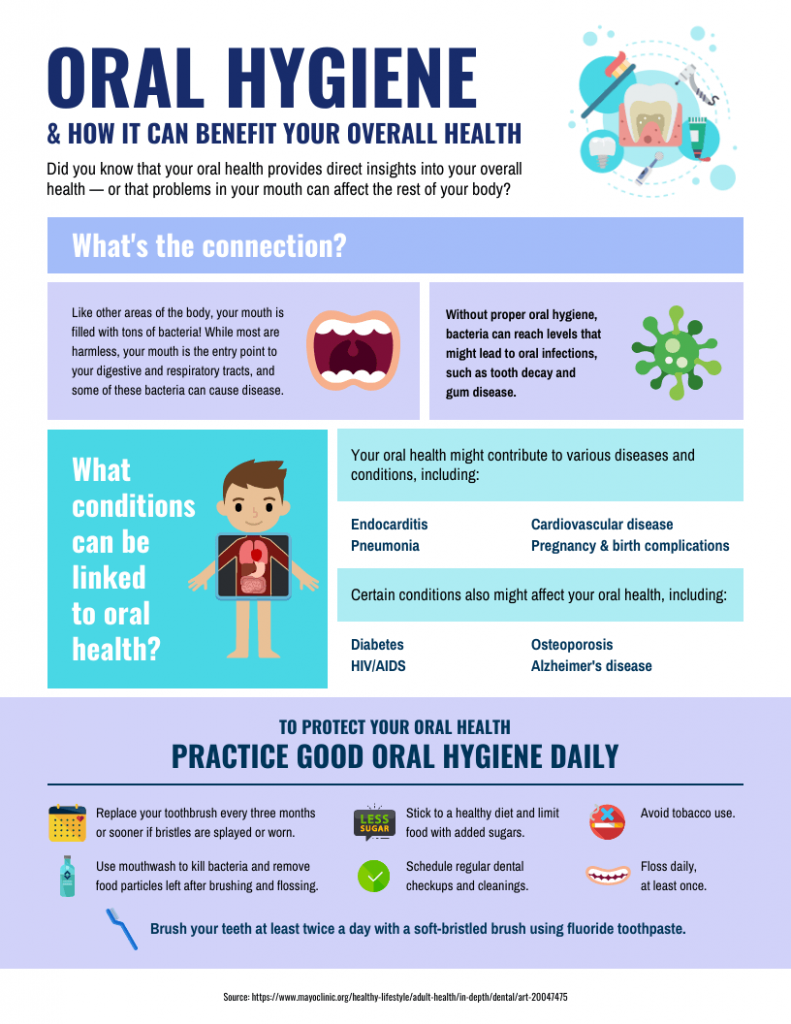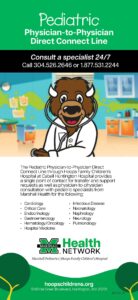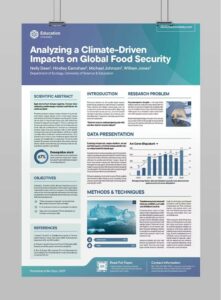Creating visually engaging and informative health promotion materials is essential for effective public health outreach. A well-designed public health poster can convey critical health messages, educate audiences, and inspire behavior change. Using a template can simplify the design process, ensure consistency, and save time, allowing health professionals to focus on crafting compelling content.
A public health poster presentation template provides a structured framework that guides the design and organization of essential elements, including the title, key message, images, data, call-to-action, and references. By following a template, you can maintain a cohesive and professional look across multiple posters while ensuring that all necessary information is included and presented clearly.
Elements of a Public Health Poster Presentation Template
An effective public health poster presentation template should consider the following elements:

Headline: The headline captures attention and conveys the main message of the poster. It should be concise, clear, and compelling, using strong action verbs and compelling language.
Key Message: The key message further elaborates on the headline, providing specific information or guidance related to the health topic. It should be brief and easy to understand, avoiding jargon or technical terms.
Visuals: Visuals, such as images, graphs, or charts, help communicate information effectively and engage the audience. Use high-quality images that are relevant to the topic and support the key message.
Data: Data can provide evidence to support the key message and lend credibility to the poster. Use statistics, facts, or research findings to quantify the problem and demonstrate the impact of the recommended behaviors.
Call-to-Action: The call-to-action encourages the audience to take specific actions, such as visiting a website, calling a hotline, or making lifestyle changes. Make the call-to-action clear and easy to follow.
References: References provide credibility to the information presented and allow readers to explore the topic further. Include reputable sources, such as scientific journals, government agencies, or professional organizations.
Customization and Accessibility
While templates provide a structured framework, customization is essential to tailor the poster to the specific health topic and target audience. Consider using colors, fonts, and images that resonate with the target population. Ensure the poster is accessible to all by using large fonts, clear language, and avoiding excessive jargon or technical terms.
Collaboration: Involving experts in public health, design, and communications in the template development process can ensure that the templates meet the specific needs of your organization and audience. This collaborative approach leads to more effective and engaging public health posters.
Evaluation: Regularly evaluate the effectiveness of your public health poster presentation templates. Gather feedback from stakeholders and monitor metrics such as downloads, website traffic, or behavior change to assess the impact and make improvements as needed.
By utilizing a public health poster presentation template, health professionals can streamline the design process and concentrate on delivering impactful health messages. Remember to customize templates to fit your audience and evaluate their effectiveness to ensure that your posters are making a positive contribution to public health.



